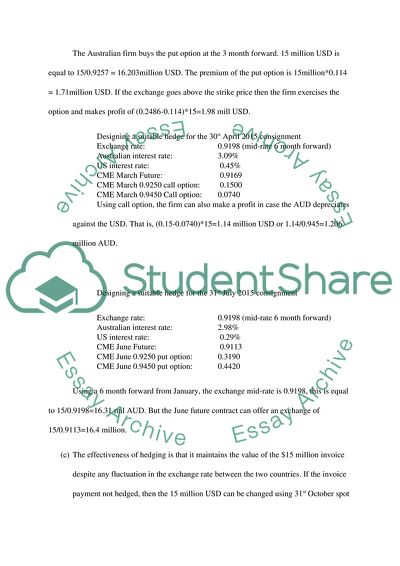Cite this document
(“Exchange risk Case Study Example | Topics and Well Written Essays - 1000 words”, n.d.)
Exchange risk Case Study Example | Topics and Well Written Essays - 1000 words. Retrieved from https://studentshare.org/macro-microeconomics/1667451-exchange-risk
Exchange risk Case Study Example | Topics and Well Written Essays - 1000 words. Retrieved from https://studentshare.org/macro-microeconomics/1667451-exchange-risk
(Exchange Risk Case Study Example | Topics and Well Written Essays - 1000 Words)
Exchange Risk Case Study Example | Topics and Well Written Essays - 1000 Words. https://studentshare.org/macro-microeconomics/1667451-exchange-risk.
Exchange Risk Case Study Example | Topics and Well Written Essays - 1000 Words. https://studentshare.org/macro-microeconomics/1667451-exchange-risk.
“Exchange Risk Case Study Example | Topics and Well Written Essays - 1000 Words”, n.d. https://studentshare.org/macro-microeconomics/1667451-exchange-risk.


